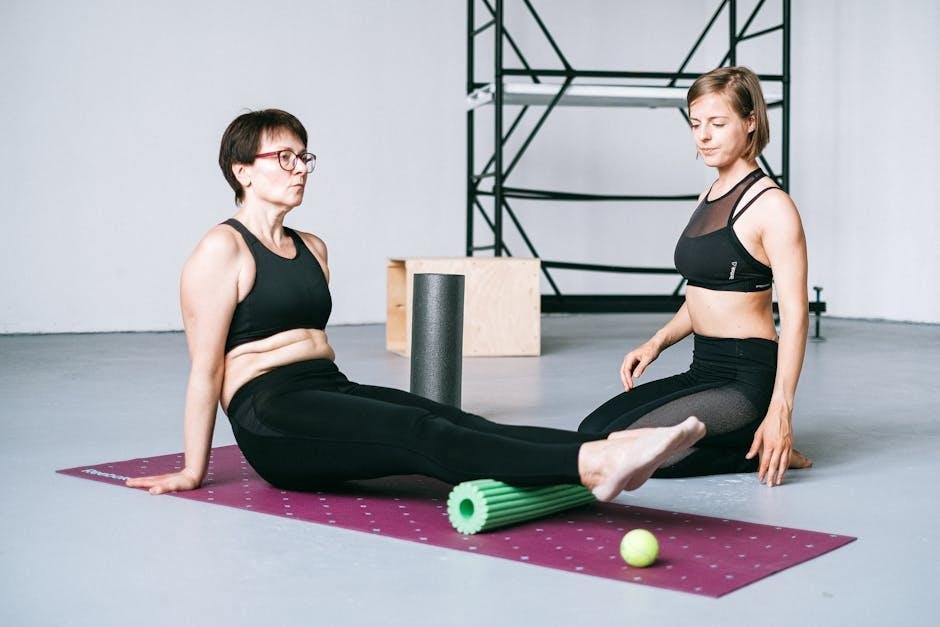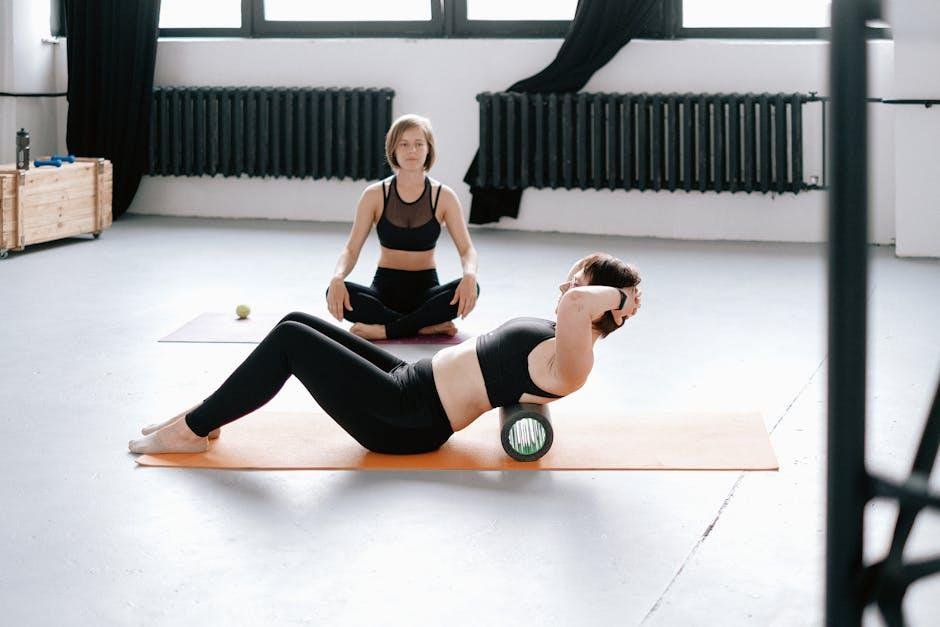foam Rolling 101: Where, When, and How
In a world where wellness trends come and go, foam rolling has emerged as a sturdy companion for fitness enthusiasts and casual exercisers alike. This unassuming cylindrical piece of foam has become a staple in many gym bags, offering a simple yet effective solution for muscle recovery and tension relief. But what exactly is foam rolling, and why has it garnered such a dedicated following? this article aims to demystify the practice, guiding you through the essential aspects of foam rolling: where to roll, when to incorporate it into your routine, and how to unleash its full potential. Whether you’re an athlete looking to enhance performance or someone seeking a soothing way to unwind after a long day, join us as we delve into the fundamentals of foam rolling and discover how this transformative technique can benefit everyone, regardless of fitness level.
Understanding the Basics of Foam Rolling Techniques
Foam rolling is a self-myofascial release technique that helps alleviate muscle tightness and improve overall mobility.To get started, it’s essential to identify the key areas you want to target. Common muscle groups to focus on include:
- Quads: Roll from the hip down to the knee.
- Hamstrings: Target from the knee up to the glutes.
- IT Band: Roll along the outer thigh for alleviation of tension.
- Back: Focus on the upper and lower regions while avoiding the spine.
When practicing foam rolling techniques, remember to pair the motions with your breath. Each roll should be done slowly, allowing the muscles to relax. A practical approach to follow includes:
| Technique | Description |
|---|---|
| Slow Rolling | Move at a purposeful pace of 1 inch per second. |
| Targeting Tender Spots | Hold pressure on tight areas for 20-30 seconds. |
| Repositioning | Shift body weight to explore different angles on the muscle. |

Optimal Times for Foam Rolling: Pre-Workout vs. Post-Workout
When integrating foam rolling into your fitness routine, timing can greatly influence its effectiveness. Pre-workout foam rolling primarily serves to enhance blood flow and prepare your muscles for the exercise ahead. This dynamic approach helps to loosen tight areas, increase flexibility, and stimulate overall muscle readiness. Key benefits include:
- Warming up muscles for better performance
- improving range of motion in joints
- reducing the risk of injury by addressing muscle tightness
Conversely, using a foam roller post-workout is essential for recovery and muscle maintenance. This technique focuses on releasing tension and soreness built up during your workout, allowing for a quicker return to activity. By incorporating post-workout foam rolling, you can enjoy benefits such as:
- Reducing muscle soreness after intense exercise
- Enhancing recovery through improved blood flow
- Promoting relaxation of the fascia and muscles

Choosing the Right Foam Roller for Your Needs
When selecting a foam roller, it’s essential to consider your specific needs, wich can vary based on your fitness level, health conditions, and intended use. Texture plays a significant role in the effectiveness of a foam roller. Options range from smooth rollers for beginners seeking gentle relief to textured rollers designed for deeper muscle penetration. Additionally, consider the density of the roller: soft rollers are suited for those with a low pain tolerance, while firmer rollers are ideal for experienced users who require more intense muscle recovery.
Another vital factor is the size and shape of the foam roller. Standard 36-inch rollers are versatile and can target larger muscle groups, while shorter versions are handy for travel and targeting specific areas. Specialty foam rollers, like those with grooves or contours, can offer enhanced grip and mobilization. Below is a simple comparison table to help you weigh your options:
| Type of Foam Roller | Best For | Features |
|---|---|---|
| Smooth Roller | Beginners | Gentle relief, easy to use |
| Textured Roller | Advanced users | Deeper muscle penetration |
| Travel Roller | On-the-go | Compact size, easy to carry |
| Specialty Roller | Targeted therapy | Grooves for enhanced grip |

Targeted Muscle Groups: Where to Focus Your Foam Rolling Sessions
when it comes to foam rolling, focusing on specific muscle groups can maximize your recovery and enhance your performance.Prioritize these key areas to alleviate tension and improve flexibility:
- Quadriceps: Target the front of your thighs to release tightness and promote better mobility.
- Hamstrings: Roll out the back of your legs to improve leg extension and reduce discomfort.
- Calves: Focus on your lower legs to enhance ankle flexibility and prevent stiffness.
- Glutes: A vital area, rolling your glutes can relieve lower back pain and prevent sciatic nerve issues.
- Back: Both upper and lower back rolling aids in reducing muscle knots and tension from prolonged sitting.
In addition to the above muscle groups, specific activities can benefit from targeted rolling:
| activity | Recommended Muscle Group |
|---|---|
| Running | Quadriceps, Hamstrings, Calves |
| Cycling | Calves, Hamstrings, Hip Flexors |
| Weight Training | Back, Chest, Shoulders |
| Yoga | Glutes, IT Band, Lower Back |
By concentrating on these muscle groups, you can create a foam rolling routine that addresses your specific needs and enhances your overall athletic performance. The more consistent you are with these targeted sessions, the better results you’ll see in your flexibility and injury prevention.
Key Takeaways
foam rolling is much more than just a trend; it’s a powerful tool in the toolkit of athletic recovery, injury prevention, and overall wellness. By understanding where to apply those rolling techniques, when to incorporate them into your routine, and how to perform them correctly, you can unlock a world of benefits for your body. Whether you’re an athlete seeking enhanced performance or simply someone looking to ease tension and promote relaxation, foam rolling can be a game changer.
Remember, as with any form of self-care, consistency is key. So roll out your mat, grab your foam roller, and embark on this journey of self-revelation and physical relief. May each session leave you feeling rejuvenated, balanced, and ready to conquer your next adventure—one roll at a time.
